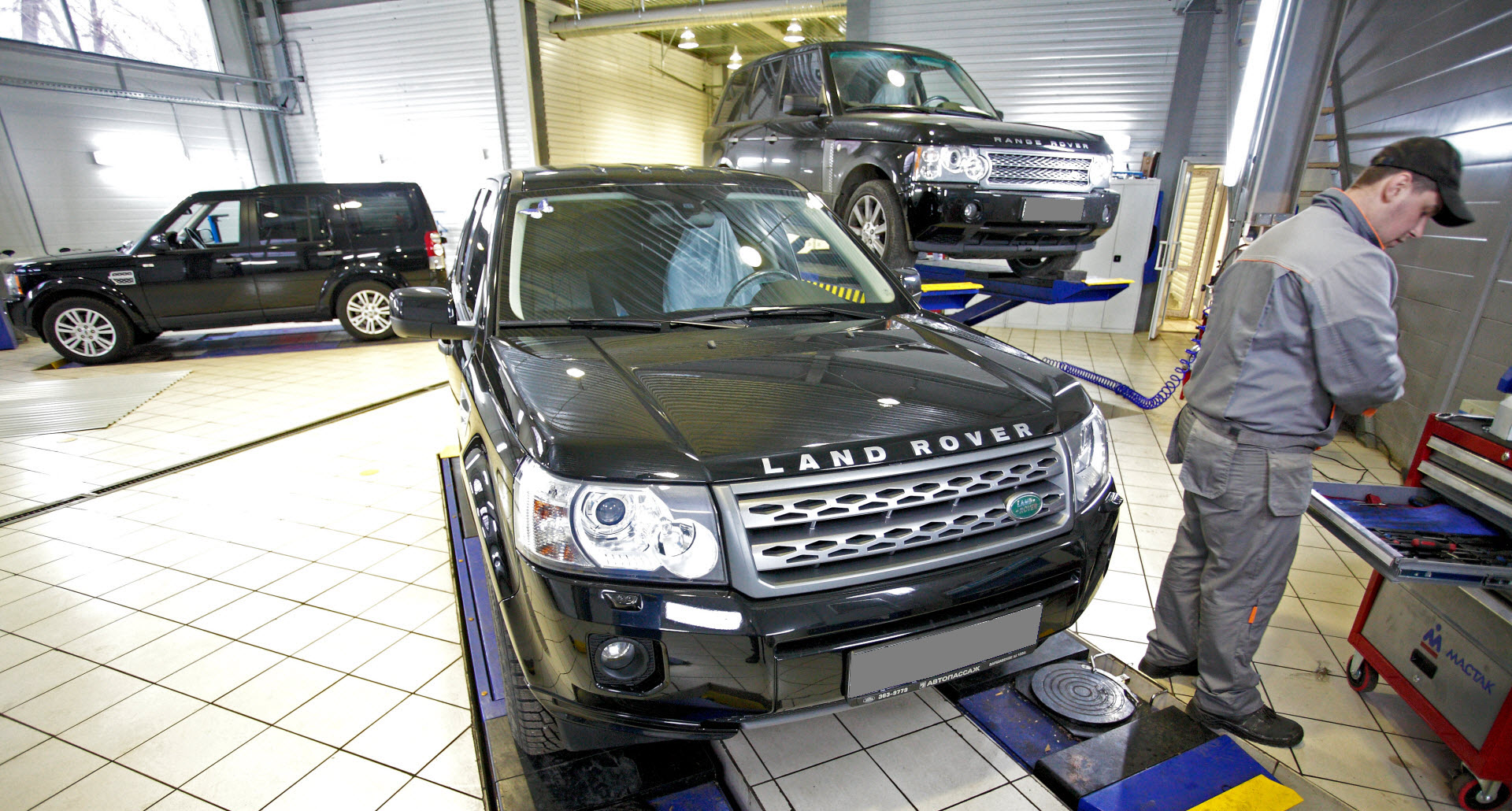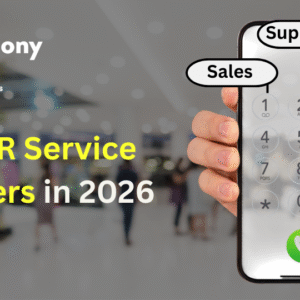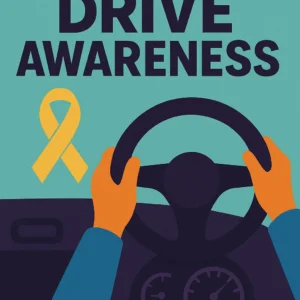
In the United Arab Emirates, the car is more than a convenience; it is a lifeline, a status symbol, and a vital tool for navigating a landscape of sweeping high-speed motorways and bustling cityscapes. In this high-octane environment, the relationship between a vehicle and the road is an extreme one. The four small patches of rubber that constitute your tires are the single most critical safety component on your vehicle. Yet, in a market driven by deals and the pursuit of value, the word “affordable” can become a dangerous siren’s song, luring drivers toward “cheap” options that carry catastrophic risks.
The search for affordable tire services in the UAE is not just about saving dirhams. It is a complex balancing act between price, quality, and, most importantly, safety. The region’s punishing climate—where asphalt temperatures can melt the resolve of inferior rubber—fundamentally changes the definition of “value.” A bargain that leads to a blowout at 140 km/h is no bargain at all. This guide is not about finding the cheapest option. It is about understanding how to find true, sustainable affordability, what to look for in a service provider, and how to spot the dangerous traps that masquerade as a good deal.
The High-Stakes Reality of Rubber on UAE Roads
Before you can understand what “affordable” means, you must first respect the battlefield. The UAE is, without exaggeration, one of the most hostile environments on Earth for a tire. The challenges are relentless and come from multiple fronts. The most obvious adversary is the heat. It is not just the 50°C ambient air temperature; it is the super-heated road surface, which can easily exceed 70°C. This intense, sustained heat attacks a tire’s chemical compounds, accelerating the aging process and making the rubber brittle and prone to cracking.
When a tire rotates at high speed on this scorching asphalt, the internal temperature and pressure build exponentially. This is where a cheap, poorly constructed tire will fail. The layers of the tire can separate, or the sidewall can rupture, leading to a sudden, catastrophic blowout. This is precisely why UAE regulations are so strict, mandating that all tires be replaced five years after their manufacturing date, regardless of how much tread is left. The rubber itself is considered expired and unsafe.
The second adversary is the environment’s particulate-laden air. The fine, abrasive desert sand and the constant dust from ubiquitous construction sites get everywhere. This grit can work its way into the bead of the tire, causing slow leaks. More critically, when it comes to wheel services, this abrasive dust can contaminate calibration equipment, meaning a “balanced” wheel is not balanced at all, leading to vibrations that damage your suspension. Understanding this high-stakes reality is the first step: your tires are not a place to cut corners. They are a life-preserving investment.
Deconstructing ‘Affordable’: Beyond the Price Tag
This is the core concept that every UAE driver must grasp. The price tag on a tire is only one, small part of its total cost. True affordability is measured over the entire lifespan of the tire and the quality of the service that supports it. This is where professional Tire & Wheel Services transform a simple purchase into a long-term value proposition. A shop that just sells you a cheap tire and sends you on your way is not “affordable.” They are simply “cheap.” An “affordable” provider, by contrast, understands that the initial sale is just the beginning of ensuring your safety.
Here is what “affordable” truly means in this context. It means the tire you buy is genuine, new, and appropriate for the UAE’s climate. It means the technician checking your car understands the critical importance of the DOT code (the tire’s manufacturing date) and shows it to you, explaining why a tire made two years ago is a bad deal, even if it’s “new.” It means the service includes precise, computerized wheel balancing, which prevents the nerve-wracking vibrations that shake your steering wheel at 120 km/h and prematurely wear out your expensive suspension components.
Furthermore, true affordability includes a professional four-wheel alignment. A provider who offers a “cheap” tire but ignores your alignment is doing you a massive disservice. A poorly aligned car will destroy that new set of tires in less than 10,000 kilometers, with the rubber wearing down unevenly on the inner or outer edges. This forces you to replace your “bargain” tires twice as fast, effectively doubling the cost. True affordability is a holistic service that costs slightly more upfront but saves you thousands in the long run on premature tire replacements, suspension repairs, and even fuel consumption, as a properly aligned car has less rolling resistance.
The Anatomy of a Value-Driven Service Provider
Now that we have established the difference between “cheap” and “affordable,” what do you actually look for? How do you identify a garage that offers real value, not just a low price? It comes down to observing a few key indicators of professionalism, transparency, and the right equipment.
First, look at the equipment. Does the service center look like it is from this century? Modern, computerized wheel balancing machines and laser-guided four-wheel alignment rigs are not just for show. They are fundamentally more accurate than older, analog equipment. An uncalibrated, old-school balancing machine can literally make your wheel less balanced than when you came in. A professional shop invests in this technology because they know it is the only way to do the job correctly.
Second, observe the technicians. Are they just “fitters,” or are they technicians? A professional technician will use a torque wrench to tighten your wheel nuts. This is a critical sign of a quality service. A “cheap” fitter will use an air-powered impact gun to hammer the nuts on, which can warp your brake rotors, damage your wheel studs, and make it nearly impossible to change a flat tire on the side of the road. A professional will also inspect your old tires for signs of uneven wear and explain what it means—for example, “Sir, the inside edge of your old tires is completely worn, which tells us your alignment is out. We recommend an alignment check to protect your new tires.” This is consultative advice, not a high-pressure upsell.
Finally, demand transparency. A value-driven provider will give you an itemized quote before any work begins. This quote will clearly list the price of the tires, the cost of fitting, the cost of new valves, the charge for balancing, and any fees for disposal. A “cheap” shop will lure you in with a low tire price, then surprise you with hidden “fitting fees” or “balancing charges” at the end. A reputable provider is proud of their service and will be transparent about what you are paying for, including a clear warranty on both the product and their workmanship.
Red Flags: The “Affordable” Traps to Avoid
The market is filled with traps designed to prey on budget-conscious consumers. Identifying these red flags is just as important as knowing what to look for. If a deal seems too good to be true, it is almost certainly a trap.The most dangerous trap is the “expired” tire. A seller will offer a “brand new” tire from a premium brand at an unbelievable discount. The catch? The DOT code on the sidewall reveals it was manufactured four years ago. It has been sitting in a hot, non-climate-controlled warehouse, its rubber compounds degrading and hardening. It is a new tire, but it is also an old, expired, and desperately unsafe tire. Always ask to see the DOT code—a four-digit number like “2824” (28th week of 2024). If a seller is hesitant, dismissive, or cannot show it to you, walk away immediately.The second trap is the counterfeit tire. These are fakes, made to look like premium brands, but manufactured with substandard materials. They lack the structural integrity, heat dissipation properties, and safety ratings of the real thing. Red flags include misspelled brand names, blurry or inconsistent logos on the sidewall, and a price that is a fraction of the genuine article. These tires can and do fail, often with explosive results.
Be wary of bait-and-switch tactics. A shop advertises a well-known tire brand for a rock-bottom price. When you arrive, they inform you they are “sold out” of that specific model but will happily sell you a brand you have never heard of for a “similar” price. This new brand is almost always an inferior product with a much higher profit margin for the shop. Finally, avoid any provider who offers “used” or “second-hand” tires. You have no idea of their history, whether they have been driven while flat, or if they have internal damage that is invisible to the naked eye. It is an unquantifiable risk that is simply not worth the perceived savings.
Conclusion: The Intersection of Prudence and Price
In the unique and demanding environment of the UAE, your tires are the foundation of your vehicle’s safety. The pursuit of “affordable” services is a sensible and necessary goal for every driver, but that pursuit must be guided by knowledge and prudence. True affordability is not found in the lowest number on a price list. It is found in the long-term value of a quality product, installed and maintained by skilled professionals using the correct equipment.
It is found in the transparency of an itemized bill, the peace of mind of a comprehensive warranty, and the expert advice that extends the life of your investment. By learning to spot the red flags of a “cheap” deal—from expired DOT codes to counterfeit goods—and identifying the hallmarks of a true “value-driven” provider, you change the dynamic. You are no longer just a price shopper; you are an informed consumer making a critical investment in your own safety. In the end, the most “affordable” service is the one that gets you, your family, and your vehicle to your destination safely, every single time.

